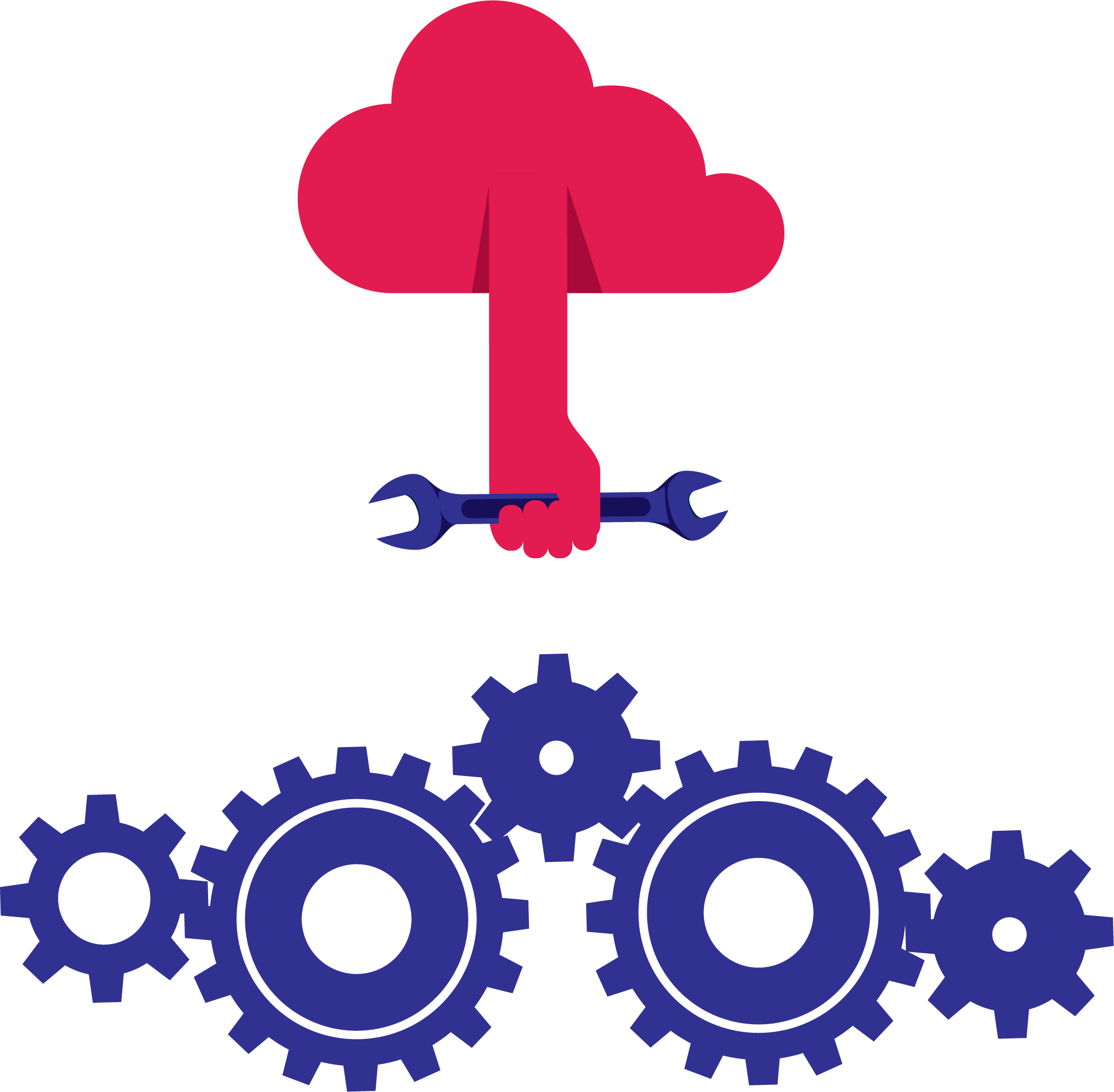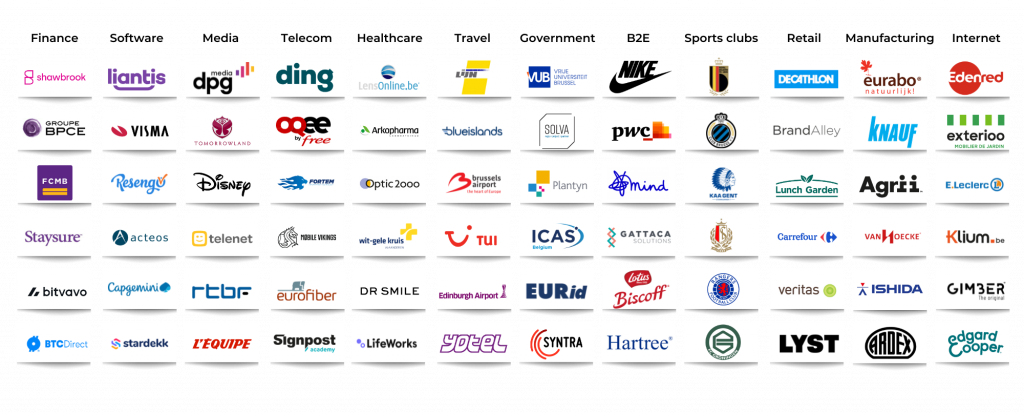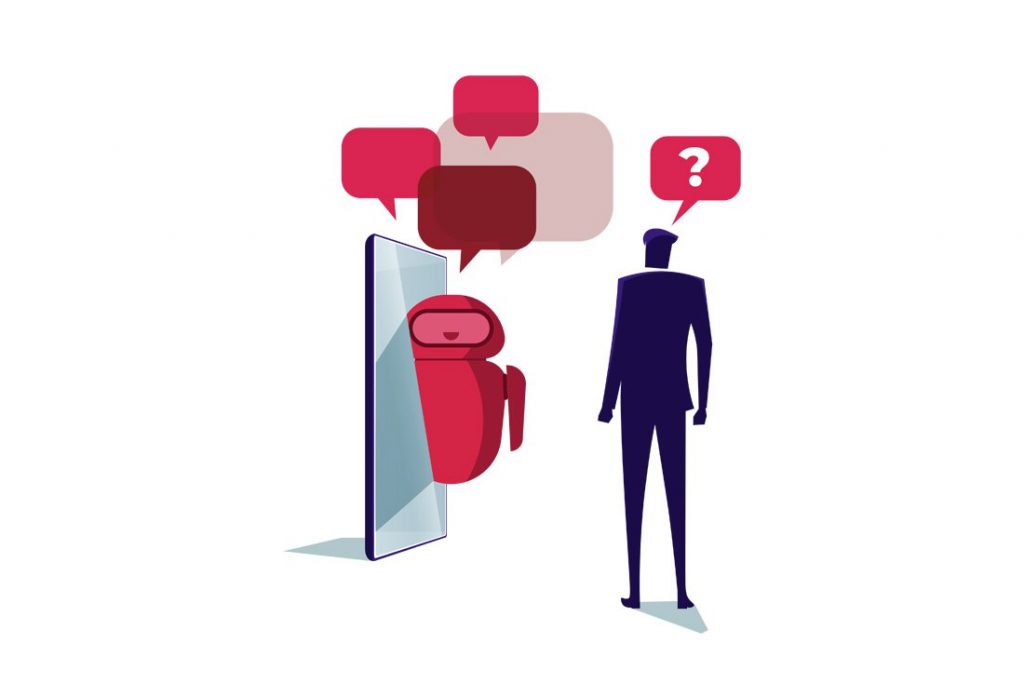In the past, chatbots were considered a fun gimmick – an entertaining party trick to impress your tech-savvy colleagues, say, but not a useful business tool.
Fast forward to today, and a lot has changed. Chatbots have become indispensable in the world of e-commerce. But not all chat tools are created equal. Some use ruled-based chatbot technology, whereas conversational AI powers others. So, chatbots vs. conversational AI: what’s the difference between the two?
While reality is catching up with the hype, more businesses are looking into chatbot adoption to amplify their customer service. Today, the question isn’t whether to use chatbots; it’s which type to use. There are two types of chatbot technology on the market: conversational AI and rule-based chatbots.
If you’re looking for a chat solution, you’ll need to understand the tech behind these two bots. Let’s weigh the pros and cons!
What are rule-based chatbots?
Rule-based chatbots, like Zendesk’s Flow Builder, use a tree-like flowchart to help customers with their queries. The bot aims to guide people to the right answers using a fixed set of follow-up questions and predefined answers.

Essentially, the bot automates messaging interactions based on predefined flows, which unburdens support and sales teams and gives businesses the opportunity to improve efficiency.
Given the predefined nature of these paths and answers, rule-based chatbots are most commonly used for offering immediate answers to common FAQs or leading customers to the product they’re looking for. These types of bots are the best option if:
- You’re in for a quick and straightforward implementation. Rule-based chatbots need less training, making them easier to deploy.
- You’re looking for an economical solution to fulfil your basic chatbot needs.
- You want complete control over the behaviour and responses of your bot.
As it goes, there are also downsides to using rule-based chatbots. If you need more complex conversational flows, setting up a rule-based bot can be very time-consuming. In that case, you might be better off with conversational AI.
What is conversational AI?
Chatbots powered by conversational AI go a few steps further. In short, these chatbots mimic human interactions. They use artificial intelligence to remember (machine learning), understand (natural language processing), and respond (intelligent analysis) to customer queries.

Unlike rule-based bots, chatbots powered by artificial intelligence focus on the intent of the customer. The more the bot interacts with customers, the better it will become at understanding the meaning, and the better it will become at answering visitor’s requests.
Conversational AI is the right solution if:
- You need an advanced chatbot that acts as a virtual agent.
- You want to save time by automating your customer service. Chatbots that use conversational AI on average solve more customer questions.
- You’re looking for a chatbot that continuously improves without much further assistance.
Conversational AI’s advanced features create new perspectives for your business. You can train these bots to show your customers the right product, deliver dynamic support, upsell, help at checkout, handle returns… you name it!
Of course, the higher pay-off of conversational AI also comes with a price tag. As the implementation process takes longer and the technology behind it is more advanced, these bots are generally more expensive than rule-based chatbots.
Chatbots vs. conversational AI: recap
So, let’s get things straight. Essentially, the difference between rule-based bots and conversational AI boils down to ‘knowledge’ and ‘intelligence’. With its pre-programmed responses and fixed conversational structure, rule-based bots guide customers to the correct answers using knowledge.
On the other hand, conversational AI is an intelligent system that learns from interacting with users and mimics your customer service agents. It takes your first-line support to the next level by answering more questions so your agents don’t have to.
When the chatbot reaches its limits, a live agent can take over (read more about that process here!).
Want to dive in deeper?
In this eBook, we explore 5 reasons why artificial intelligence in chatbots is crucial to ensuring a high-quality customer experience and enabling growth across borders.















